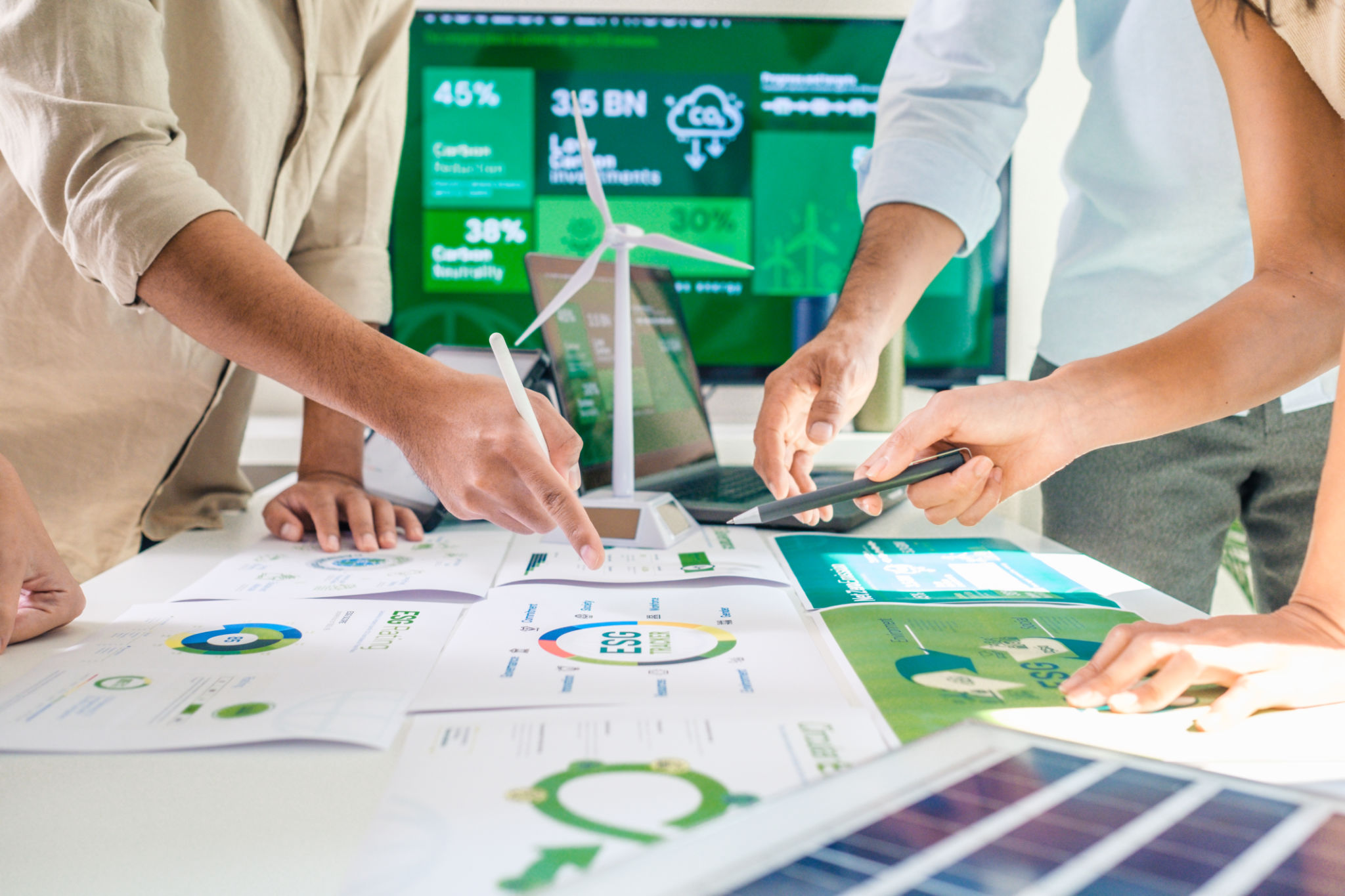Industry Trends: Innovations in Backflow Prevention Technology
Understanding Backflow Prevention
Backflow prevention is a critical aspect of maintaining safe and clean water supply systems. It prevents the undesirable reversal of water flow, which can lead to contamination. As industries evolve, so do the technologies that safeguard our water systems. Let's explore some of the latest innovations in backflow prevention technology that are shaping the future of this essential field.
Traditionally, backflow prevention relied heavily on mechanical devices like check valves and reduced pressure zone (RPZ) assemblies. While these have been effective, the push for more efficient, reliable, and intelligent solutions has driven remarkable advancements.

Smart Technology Integration
The integration of smart technology into backflow prevention systems is one of the most significant innovations in recent years. These systems can monitor water pressure and flow in real-time, providing instant alerts if anomalies are detected. This proactive approach allows for quicker response times and minimizes potential contamination risks.
By utilizing IoT (Internet of Things) devices, backflow prevention systems can now be more easily monitored and maintained remotely. This advancement not only improves operational efficiency but also reduces the need for frequent manual inspections.
Enhanced Materials and Design
Another area of innovation is the development of advanced materials and designs. New materials, such as corrosion-resistant alloys and high-performance plastics, enhance the durability and longevity of backflow prevention devices. These materials help reduce maintenance costs and improve overall system reliability.

Design improvements have also played a crucial role. Modern devices are becoming more compact and user-friendly, which simplifies installation and reduces space requirements. The emphasis on ergonomic designs ensures that these devices can be easily integrated into existing infrastructure without requiring extensive modifications.
Sustainability and Environmental Impact
As environmental concerns grow, the focus on sustainable practices in backflow prevention has become more pronounced. Innovations are now geared towards minimizing water wastage and energy consumption. For example, some systems can redirect excess water back into the supply network rather than allowing it to go to waste during testing or maintenance procedures.
Moreover, manufacturers are prioritizing eco-friendly materials and production processes to reduce the environmental footprint of their products. This shift aligns with broader industry trends towards sustainability and responsible resource management.

The Role of Standards and Regulations
With technological advancements come changes in standards and regulations. Industry bodies are continually updating guidelines to ensure that new technologies meet safety and efficacy requirements. Staying informed about these changes is crucial for businesses involved in water management and infrastructure development.
Compliance with updated regulations not only ensures safety but also enhances public trust in water supply systems. This is particularly important as consumers become increasingly aware of the importance of water quality and safety.
The Future of Backflow Prevention
The future of backflow prevention technology holds immense potential. As technologies continue to evolve, we can expect even more sophisticated systems that leverage artificial intelligence for predictive maintenance and enhanced performance. These advancements will further safeguard our water resources while optimizing operational efficiency.
In conclusion, innovations in backflow prevention technology are revolutionizing how we protect our water supply systems. By embracing smart technologies, sustainable practices, and advanced materials, the industry is setting new standards for safety and efficiency. As these trends continue to unfold, stakeholders must remain vigilant and proactive in adopting these innovations to ensure a safe and reliable water supply for all.
